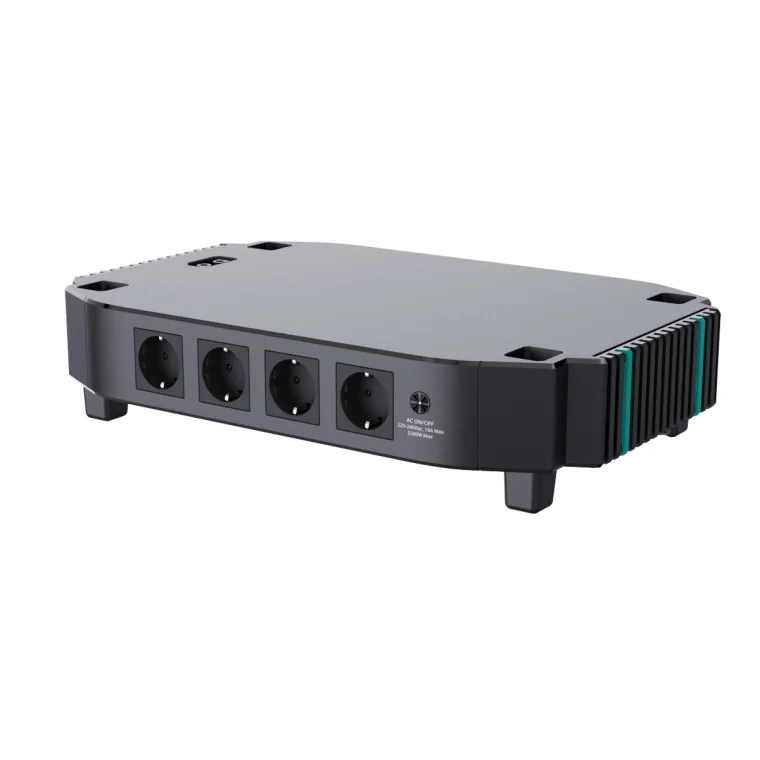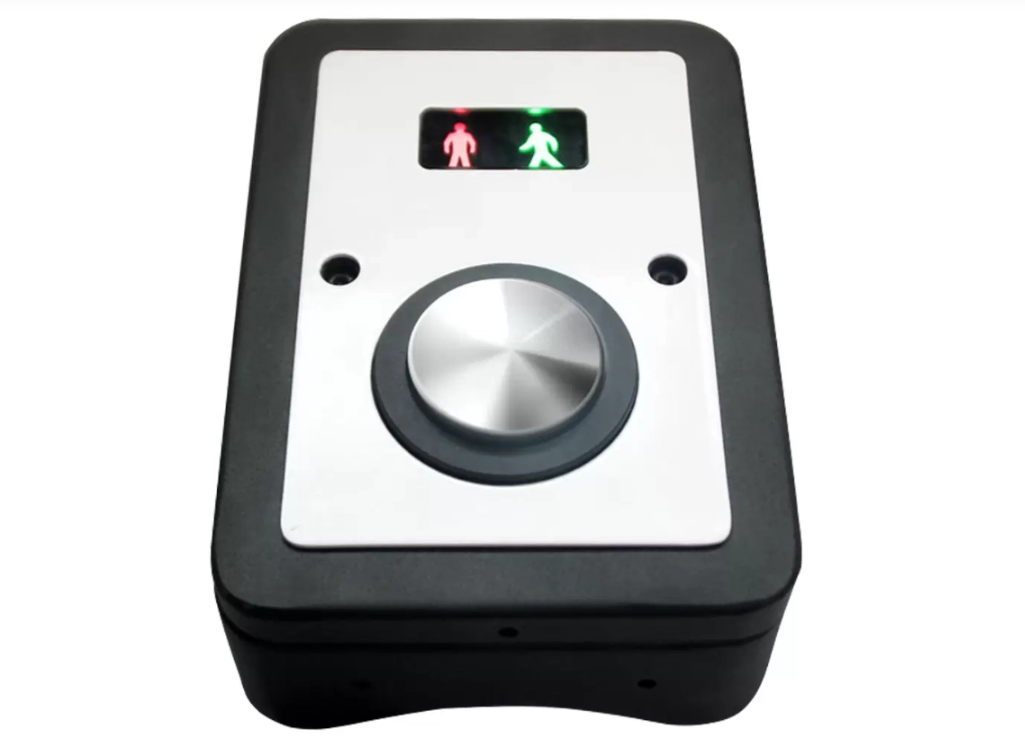In our increasingly tech-driven world, batteries are the unsung heroes powering our devices, from smartphones to electric vehicles. However, a malfunctioning battery can lead to frustration and inconvenience. Understanding how to check whether a battery is working or not is crucial for both consumers and professionals alike. This article delves into various methods and tools for diagnosing battery health, ensuring you can make informed decisions about battery maintenance and replacement.
Understanding Battery Basics
Before diving into diagnostic methods, it’s essential to understand the basic types of batteries and their functions. The most common types include:
- Alkaline Batteries: Widely used in household devices, these batteries have a shelf life but can lose charge over time.
- Lithium-Ion Batteries: Found in smartphones and laptops, these rechargeable batteries are known for their high energy density and longevity.
- Lead-Acid Batteries: Commonly used in vehicles, these batteries are robust but require regular maintenance to ensure optimal performance.
Each battery type has unique characteristics that can affect how we check their functionality.
Signs of a Malfunctioning Battery
Before performing any tests, it’s important to recognize the signs that indicate a battery may not be functioning properly:
- Device Not Powering On: If your device fails to turn on, the battery may be dead or malfunctioning.
- Swelling or Leakage: Physical deformities such as swelling or leakage can indicate serious issues and require immediate attention.
- Rapid Discharge: If a battery drains quickly despite being fully charged, it may be nearing the end of its life.
Methods to Check Battery Functionality
- Visual Inspection
Start with a simple visual inspection. Look for any signs of damage, such as corrosion on terminals, swelling, or leakage. For rechargeable batteries, ensure that the contacts are clean and free from debris.
- Using a Multimeter
A multimeter is an invaluable tool for assessing battery voltage. Here’s how to use it:
- Set the Multimeter: Turn the multimeter to the DC voltage setting.
- Connect the Probes: Place the red probe on the positive terminal and the black probe on the negative terminal of the battery.
- Read the Voltage: Compare the reading to the battery’s rated voltage. For example, a fully charged AA alkaline battery should read around 1.5 volts. If the reading is significantly lower, the battery may be dead or dying.
- Load Testing
For larger batteries, such as lead-acid batteries, a load test can provide insights into their health:
- Use a Load Tester: Connect the load tester to the battery terminals.
- Apply Load: Follow the tester’s instructions to apply a load for a specified duration (usually 10-15 seconds).
- Evaluate Performance: A healthy battery should maintain a voltage above a certain threshold (typically around 9.6 volts for a 12-volt battery) during the test. If it drops significantly, the battery may need replacement.
- Battery Testing Apps
For lithium-ion batteries, especially in smartphones, various apps can provide detailed insights into battery health. These apps can measure:
- Cycle Count: The number of charge cycles the battery has gone through.
- Health Percentage: An estimate of the battery’s current capacity compared to its original capacity.
- Temperature: Overheating can indicate potential issues.
Best Practices for Battery Maintenance
To prolong battery life and ensure optimal performance, consider the following best practices:
- Avoid Extreme Temperatures: Keep batteries away from excessive heat or cold, which can degrade performance.
- Regular Charging: For rechargeable batteries, avoid letting them discharge completely before recharging.
- Store Properly: If storing batteries for an extended period, keep them in a cool, dry place and ensure they are partially charged.
Conclusion
Knowing how to check whether a battery is working or not is an essential skill in today’s technology-driven environment. By employing visual inspections, multimeter readings, load tests, and utilizing battery testing apps, you can effectively diagnose battery health. Regular maintenance and awareness of best practices can further enhance battery longevity, ensuring your devices remain powered and functional. Whether you’re a consumer or a professional, these insights will empower you to make informed decisions regarding battery care and replacement.





